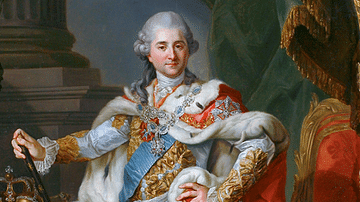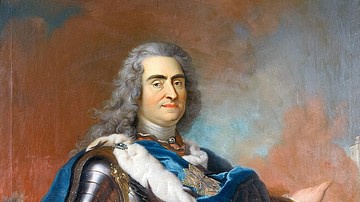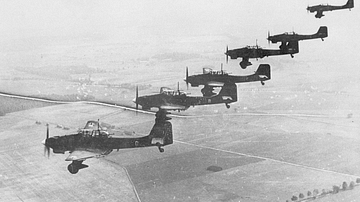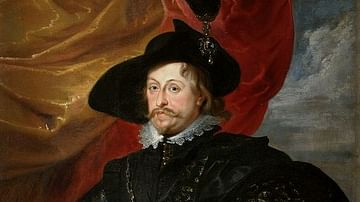Illustration
With 2,000 square meters of exhibition space, the permanent exhibition offers numerous insights into the diverse and eventful cultural history of Silesia and explores the multicultural character of the region's history with influences from the Habsburg Monarchy, Prussia, The Czech Republic and Poland.
The museum shows ancient craftsmanship such as gold work from Breslau/Wroclaw, splendid glassware polished and cut in the glassworks of the Riesengebirge/Sudeten Mountains, brilliantly coloured faiences from Proskau (Prószków). Cast iron from Gleiwitz (Gliwice), pottery from Bunzlau (Boleslawiec) and porcelain from the Waldenburg (Walbrzych) region, as well as handicrafts and applied arts from the 17th-19th century, objects of everyday culture, crafts and industry, city life and art from the 19th and early 20th centuries.
The exhibition is aimed at all population groups. Important target groups are inhabitants of the German-Polish border regions as well as former German citizens of Silesia, who experienced flight and expulsion, and their descendants.
The museum is based in the Görlitzer Schönhof, which is one of the oldest Renaissance buildings in Germany and one of the most beautiful monuments in the city at the German-Polish border.
About the Author
Photo Location
This photograph was taken at the following location:
Cite This Work
APA Style
Manea, I. (2022, April 24). The Silesian Museum in Görlitz. World History Encyclopedia. Retrieved from https://www.worldhistory.org/image/15703/the-silesian-museum-in-gorlitz/
Chicago Style
Manea, Irina-Maria. "The Silesian Museum in Görlitz." World History Encyclopedia. Last modified April 24, 2022. https://www.worldhistory.org/image/15703/the-silesian-museum-in-gorlitz/.
MLA Style
Manea, Irina-Maria. "The Silesian Museum in Görlitz." World History Encyclopedia. World History Encyclopedia, 24 Apr 2022. Web. 13 Apr 2025.








